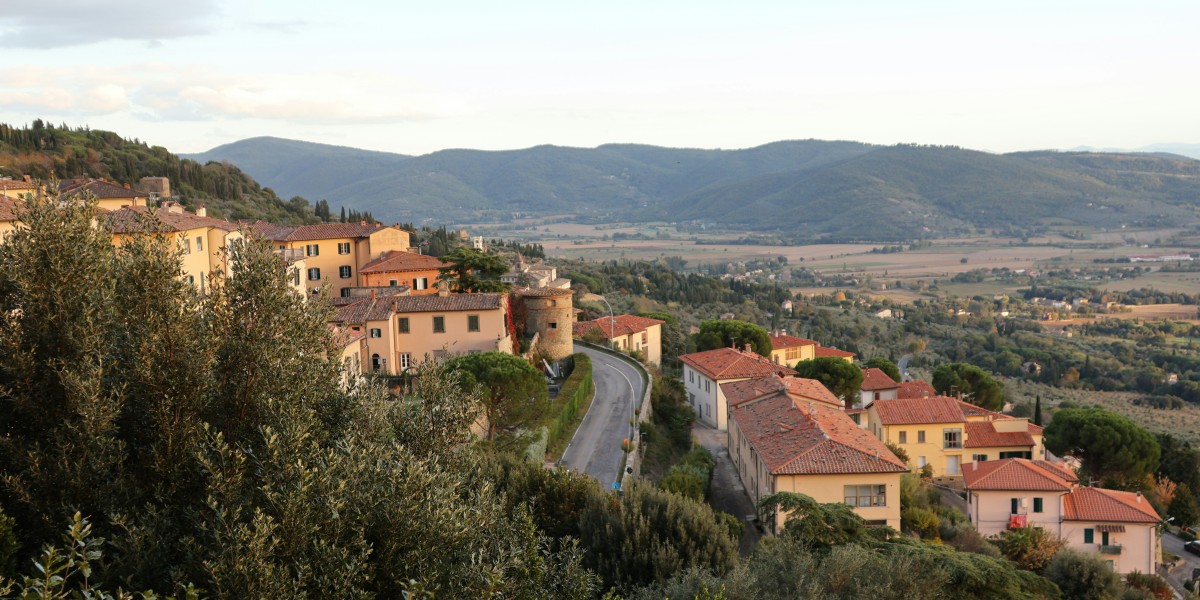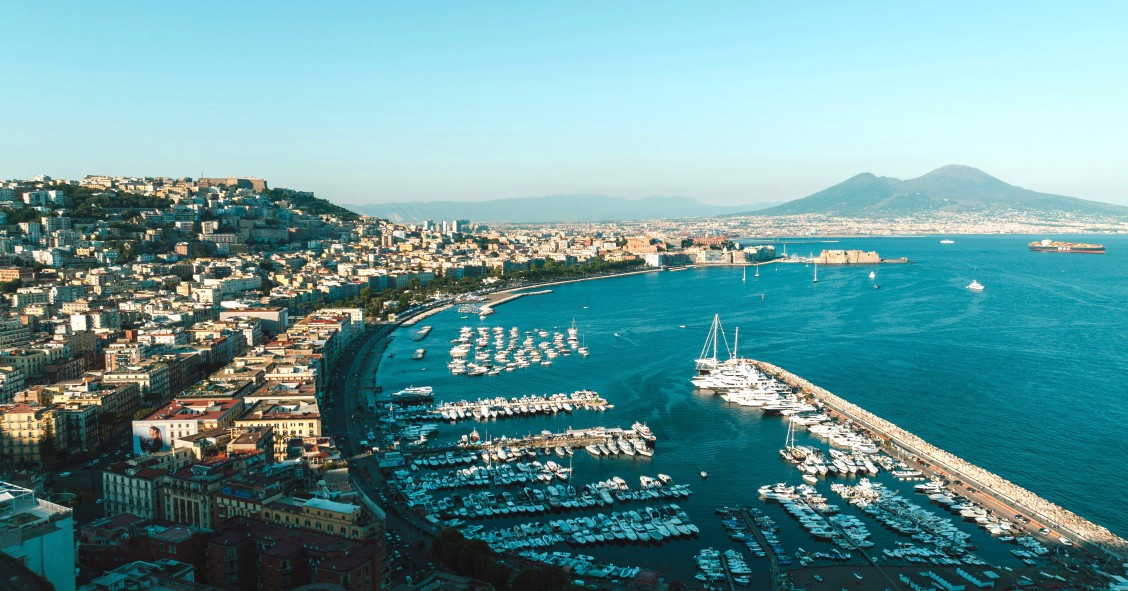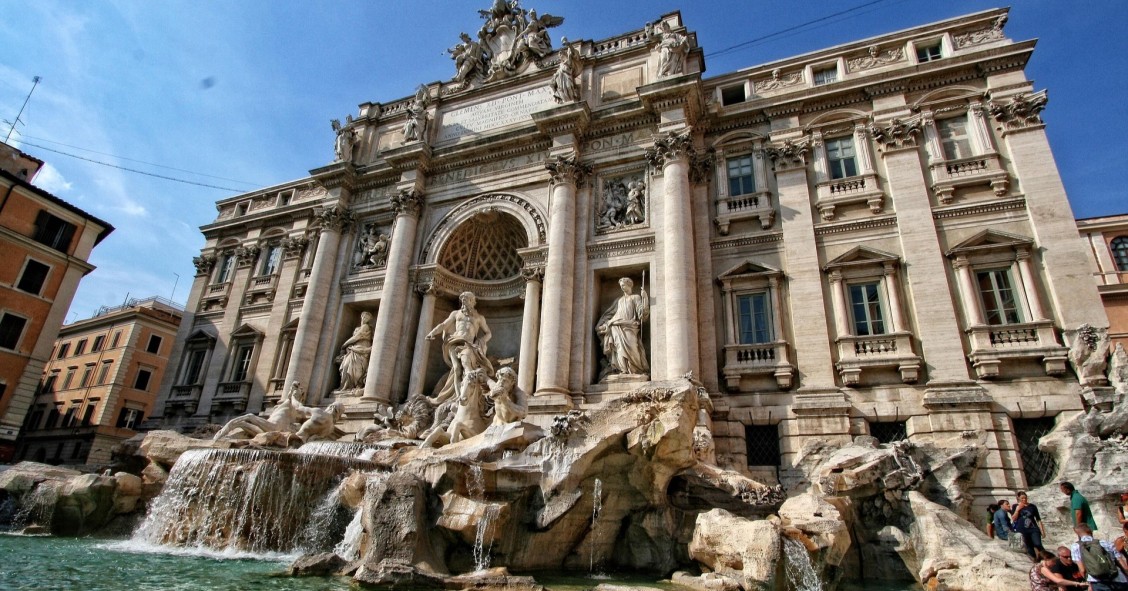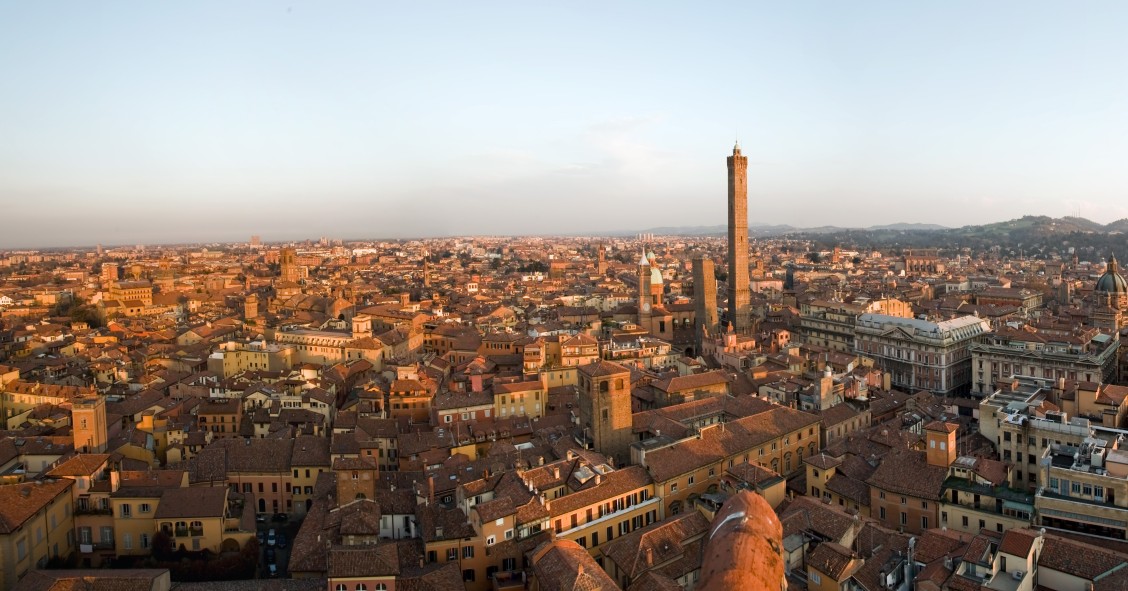
Living in Tuscany means swapping rush‑hour habits for a slower, more grounded rhythm. In central Italy’s patchwork of Renaissance cities and sleepy hill towns, days settle into a loop of coffee at the bar, market errands and long lunches that quietly steer the week. The real pull isn’t flashy; it’s the neighbourly rituals that get under the skin.
How’s life living in the Tuscany region of Italy?
Life here is lived in piazzas and neighbourhood markets, with mornings at the bar for a quick espresso and evenings drifting into aperitivo. Outside the main centres, you’ll feel the seasons: grape harvests in autumn, damp, misty winters, spring wildflowers, and hot inland summers balanced by coastal breezes.

What is Tuscany famous for?
The short list is long: the Medici legacy in Florence, the Palio di Siena, Carrara marble, and the rolling UNESCO‑listed Val d’Orcia. Hill towns keep the postcard promise without feeling like museum pieces once you step off the main streets.
Gastronomy is everyday culture rather than a special occasion, while Tuscan wine is a serious subject but accessible, with cosy wine bars pouring Chianti Classico, Brunello and Vernaccia di San Gimignano by the glass.
Pros and cons of living in Tuscany
There’s a lot to love, especially if you’re chasing quality of life over big‑city buzz. The drawbacks tend to come from bureaucracy and tourist pressure in trophy spots.
Some of the pros of life in Tuscany include:
- World‑class culture on your doorstep, from Michelangelo’s David at the Accademia to San Gimignano’s medieval towers and Pisa’s Campo dei Miracoli.
- Food and wine woven into daily life: ribollita and pappa al pomodoro in local trattorie, and bistecca alla fiorentina to share.
- Landscapes within easy reach: ski days at Abetone, island escapes on Elba, and quiet coves like Cala Violina.
A few cons to weigh up:
- Paperwork can be slow, so registrations and permits take patience.
- Housing in main hubs feels pricey compared with local salaries.

Is Tuscany expensive? Cost of living in Tuscany
The cost of living in Tuscany swings a fair bit with location and season. According to Numveo, day to day, you’re looking at €15–20 for a cheap main course in an inexpensive restaurant, €60–80 for a meal for two in a mid‑range place, €5–6 for a beer out.
Basic utilities for an 85 m² flat average around €200 per month. Prices climb in city centres like Florence and in touristy or coastal pockets such as Versilia.
As for housing, property prices in Tuscany averaged around €2,387 per m² in October 2025, considerably higher than Italy's overall median of 1,828 per m². This is no surprise, given that it is the region with the greatest number of luxury properties on the market.
Lucca is the most expensive province at €3,185 per m² and the cheapest province of Arezzo at €1,403 per m². On the plus side, there have been recent housing incentives in Tuscany to encourage people to move to the Tuscan countryside.
Rent prices in Tuscany averaged 18.6 per m² in the same month, so an 80 m² apartment would typically cost about €1,488 per month. The highest provincial rents were again Lucca at €26.3 per m² and Florence at €21.1 per m², while Pistoia sat lowest at €9.1 per m².
Compared with other major Italian cities, Tuscany’s hotspots usually sit below Milan and broadly around Rome for sought‑after areas, while smaller Tuscan towns undercut both by a margin.
How much money do you need to retire in Tuscany?
Tuscany is often recognised as one of the best places to retire in Italy thanks to its high quality of life and incredible nature. Most non‑EU individuals who choose to retire in Italy use the Elective Residence route, showing stable passive income and accommodation, then switching onto the public health system after establishing residency. It suits those happy with slower admin and a language learning curve, and there’s a decent international community to lean on.
As a quick sense check, a solo retiree in a smaller town might see rent for a modest one‑bed at the lower end, plus roughly €200 per month for basic utilities, everyday food and a couple of meals out a week, and some local transport or fuel. That lands comfortably in the €1,600–€2,200 bracket if housing is well chosen.
In Florence or Lucca, higher rents and eating‑out costs nudge a single into the €2,000–€2,800 range, especially in central or highly sought‑after areas. For couples, shared housing and utilities make the maths kinder, so €2,400–€3,200 outside the headline cities is realistic.
Best places to live in Tuscany
Tuscany splits neatly into a cultural capital, quieter historic towns in the north‑west, and wine‑country hills around the south‑centre. Finding the best place to live in Tuscany depends on what sort of lifestyle you enjoy and whether the city or rolling countryside is more up your street.
Florence and surroundings

Italy’s Renaissance heart is the most international corner of the region, with museums on your doorstep, strong rail links, and the widest choice of English‑speaking services and schools.
It suits professionals, students and families who want walkability and culture, accepting peak‑season crowds and premium pricing.
Lucca and the north‑west

Inside Lucca’s walls, you get a slow, bike‑friendly rhythm and a tight community, with more space and lower costs in the suburbs and nearby hills. The Pisa–Livorno corridor adds an airport, universities and tech, while the Versilia coast brings beach life and summer premiums.
This axis works for remote workers and retirees after a gentler pace, with easy weekend escapes and good train links.
Siena and Chianti

Medieval Siena anchors the south‑centre with its neighbourhood spirit and a strong food culture. Surrounding Chianti towns like Greve, Panzano, and Radda offer vineyard views and village living. Expect more driving and hilly terrain, plus higher house‑hunting competition in postcard locations, balanced by deep community ties and slower days.
A solid fit for wine lovers, hybrid workers and retirees who put scenery and small‑town life ahead of nightlife.
Expats in Tuscany
The expat footprint clusters around Florence, Lucca and the surrounding hills, Cortona in the Val di Chiana, villages in Chianti, and the Pisa–Livorno coast.
Where do most Americans live in Tuscany?
You’ll meet plenty of Americans in Florence, especially around Oltrarno, Sant’Ambrogio and Campo di Marte. This is thanks to English‑speaking services and university programmes.
Lucca draws those after a walkable walled city and strong community ties, while Cortona remains a favourite for countryside charm.
There’s a steady trickle in Siena and Chianti villages like Greve and Panzano for wine‑country living, plus beach‑leaning folk in Versilia and the Pisa–Livorno corridor for airport access and proximity to the US military base at Camp Darby.
Working in Tuscany
Work skews towards tourism, education and design, with pockets of tech and aerospace around Pisa, leather and fashion in Scandicci, and logistics and shipyards in Livorno. Salaries trail northern Italy, so many internationals work remotely for companies elsewhere and trade up on lifestyle.
Coworking is centred in Florence, with smaller hubs in Pisa and Lucca. If your week is hybrid, living in a rail‑linked town such as Prato, Pistoia, or Empoli can cut costs while keeping city access simple.
Healthcare and education
Healthcare quality is solid, with major hospitals at Careggi, Le Scotte, and Cisanello. Once you have residency, you can register with the public health system, SSN and a family doctor.
Schooling options include the International School of Florence, the International School of Pisa, and the International School of Siena. There’s also Deutsche Schule Florenz, and the British Institute of Florence for language and cultural programmes that double as an instant social circle.






